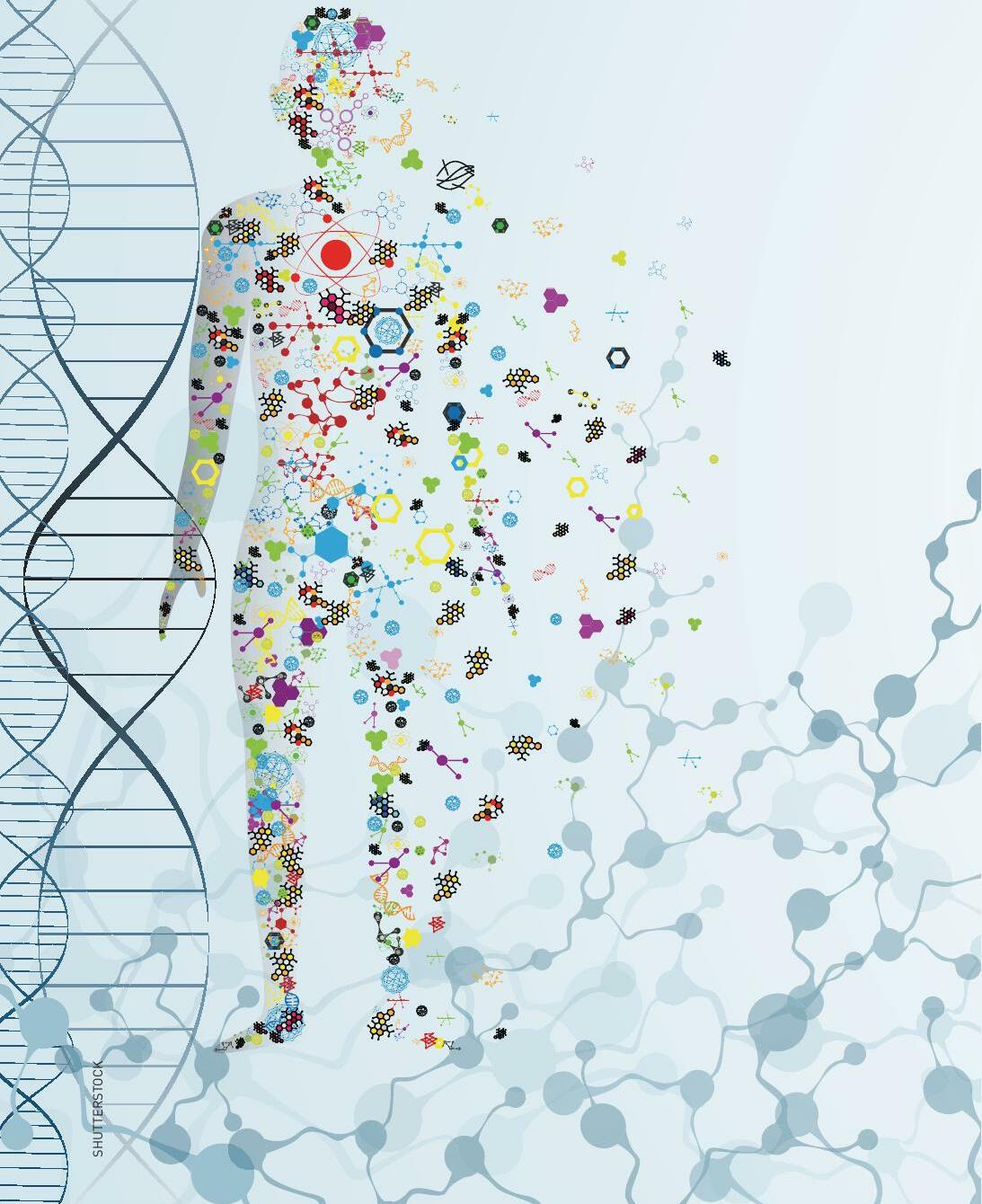試す 金 - 無料
HOPE STEMS FROM A CELL
THE WEEK India
|December 01, 2024
While stem cell therapies have shown success in treating blood disorders, orthopaedic ailments, autoimmune diseases and eye issues, there is hope that they can one day treat patients with heart disease, blindness, Parkinson's, HIV, diabetes and spinal cord injuries

Shyam was only 31 when his heart stopped beating in November 2018.
A property broker and former high school volleyball player, Shyam had recently gained weight. During a workout one day, he felt short of breath and insisted that friends rush him to hospital. Minutes later, his pulse flat-lined.
He survived the heart attack, but the scar tissue that resulted cut his heart's pumping ability by a third. He couldn't pick up his children. He fell asleep every night wondering if he would wake up in the morning.
Desperation motivated Shyam to try for an unusual medical treatment: getting stem cells injected directly into his heart.
"I just trusted my doctors and the science behind it, and said, 'This is my only chance,"" he recalled.
Over the last decade, by studying stem cells in lab dishes, test animals and patients like Shyam, researchers have brought the promise of stem cell therapies closer to reality. The use of stem cells is part of a field called regenerative medicine, wherein a body's own cells and growth factors are deployed to repair tissues by restoring their lost function. Several cellular therapies and products have already been approved by regulators and are in use, including skin substitutes for treating burns, 'scaffold' products for healing surgical incisions and products derived from umbilical cord blood for treating certain blood diseases and disorders.
Stem cells broke into the public consciousness in the early 1990s, alluring for their potential to help the body beat back diseases of degeneration like Alzheimer's, and to grow new parts to treat conditions like spinal cord injuries. Progress has been slow. But researchers have been persistently learning how to best use stem cells, what types to use and how to deliver them to the body-findings that are not singularly transformational, but progressive and pragmatic.
このストーリーは、THE WEEK India の December 01, 2024 版からのものです。
Magzter GOLD を購読すると、厳選された何千ものプレミアム記事や、10,000 以上の雑誌や新聞にアクセスできます。
すでに購読者ですか? サインイン
THE WEEK India からのその他のストーリー

THE WEEK India
WHERE THE STORM NEVER REALLY PASSES
Guantánamo Bay, once a symbol of the ‘war on terror’, has emerged as a flashpoint in Donald Trump’s immigration battles, exposing deep tensions between America’s security, legality and moral commitments
10 mins
December 21, 2025

THE WEEK India
Moderation is the key
Most people do not believe me, but I am a moderate man.
3 mins
December 21, 2025

THE WEEK India
OCEAN THERAPY
The Modi-Putin summit unveils a cooperation strategy that will rewire sea trade routes and expand India's maritime connect to the Arctic
3 mins
December 21, 2025

THE WEEK India
Indian Army men fighting for the British against the Japanese were also patriots
Readers in India may be misled by the title of Gautam Hazarika's new book, The Forgotten Indian Prisoners of World War II: Surrender, Loyalty, Betrayal and Hell. It is not about the INA prisoners who were put on trial in the Red Fort by the British. This book is about those Indian soldiers who fought the Japanese in Singapore, Malaya and Burma alongside the British, and who had to surrender, were taken prisoner, put to torture and hard labour by the Japanese, refused to join the INA, and faced death or managed to escape. While recounting their stories, Hazarika also gives an insight into the INA movement. Edited excerpts from an interview with the author:
4 mins
December 21, 2025

THE WEEK India
CHAT WITH NEHRU, QUERY KALAM...
The Prime Ministers' Museum & Library showcases the life and contributions of prime ministers and nation-builders
3 mins
December 21, 2025

THE WEEK India
The art of shifting gears in investing
“Hope is not a strategy,” Hayes growls in one memorable scene, dismissing a teammate’s starry-eyed optimism.
3 mins
December 21, 2025

THE WEEK India
Trouble on the tarmac
It is not IndiGo but Indian aviation that has become too big to fail
4 mins
December 21, 2025

THE WEEK India
SHUX AND BLUE MARBLE
THE 18 DAYS IN SPACE MIGHT HAVE MADE HIM A HOUSEHOLD NAME, BUT GROUP CAPTAIN SHUBHANSHU SHUKLA IS AS GROUNDED AS EVER. AND BEFORE HE SUITS UP FOR HIS NEXT MISSION, THE WEEK'S MAN OF THE YEAR SHARES STORIES FROM HIS LIFE AND SPACE, INCLUDING HOW HE BECAME A 'WATER BENDER'
9 mins
December 21, 2025

THE WEEK India
The parietal lobe
If the frontal lobe is where we decide what to do, the parietal lobe is where we understand where we are. It is the brain's internal GPS, the quiet navigator that lets you put your hand exactly where your teacup is, find the edge of a staircase without staring at it, or scratch the correct side of your head when it itches. When it works well, we move through life gracefully. When it falters, life becomes slapstick comedy.
2 mins
December 21, 2025

THE WEEK India
Area of the globe? Pie is cubed
Floating in his private pool, China's helmsman Mao Zedong shared his strategic vision with visiting Soviet strongman Nikita Khrushchev in 1958: \"You look after Europe, and leave Asia to us.\" Obviously, he expected the US to withdraw into its prewar Monroe world of the Americas, thus making the world tripolar.
2 mins
December 21, 2025
Listen
Translate
Change font size
